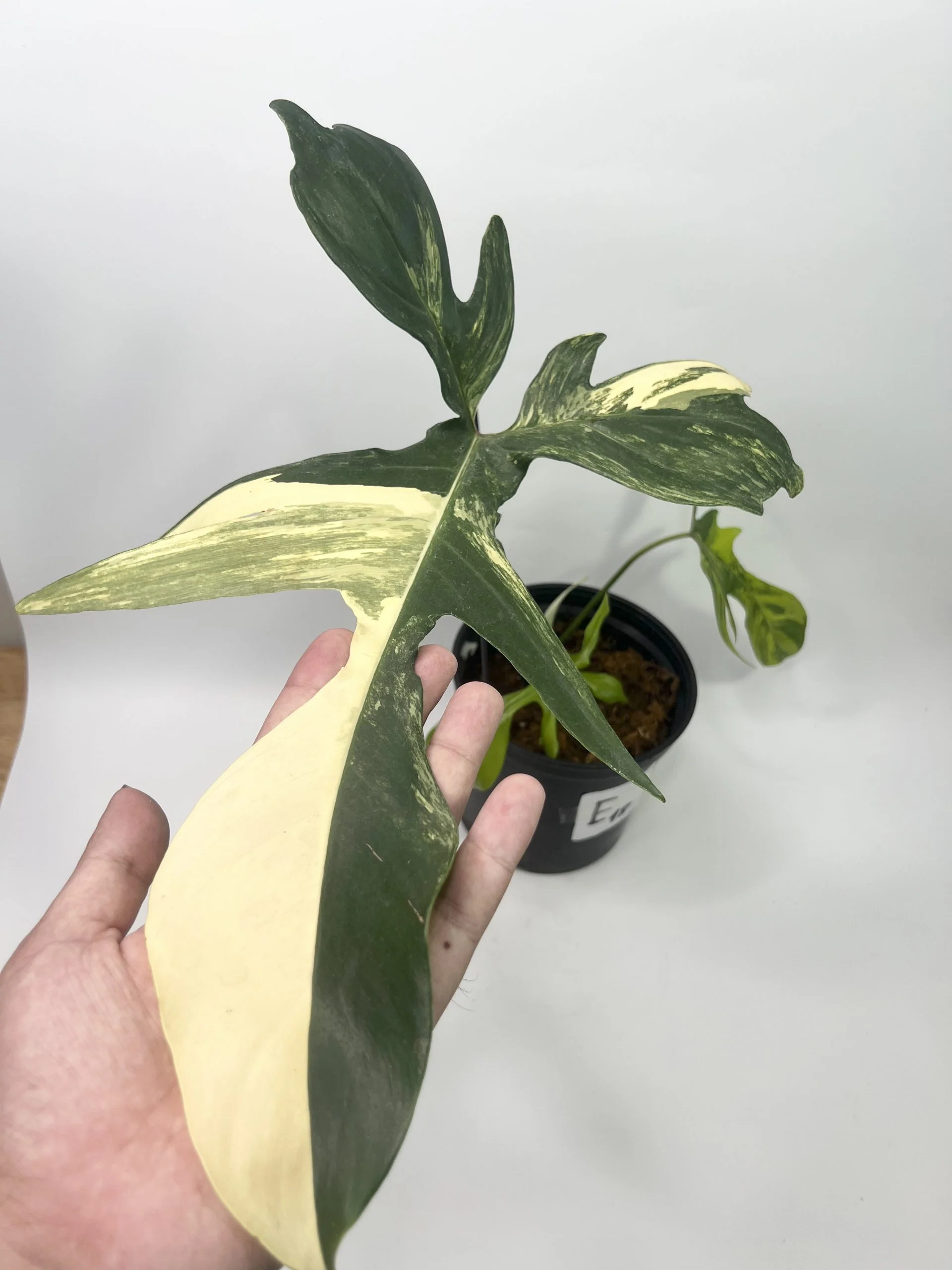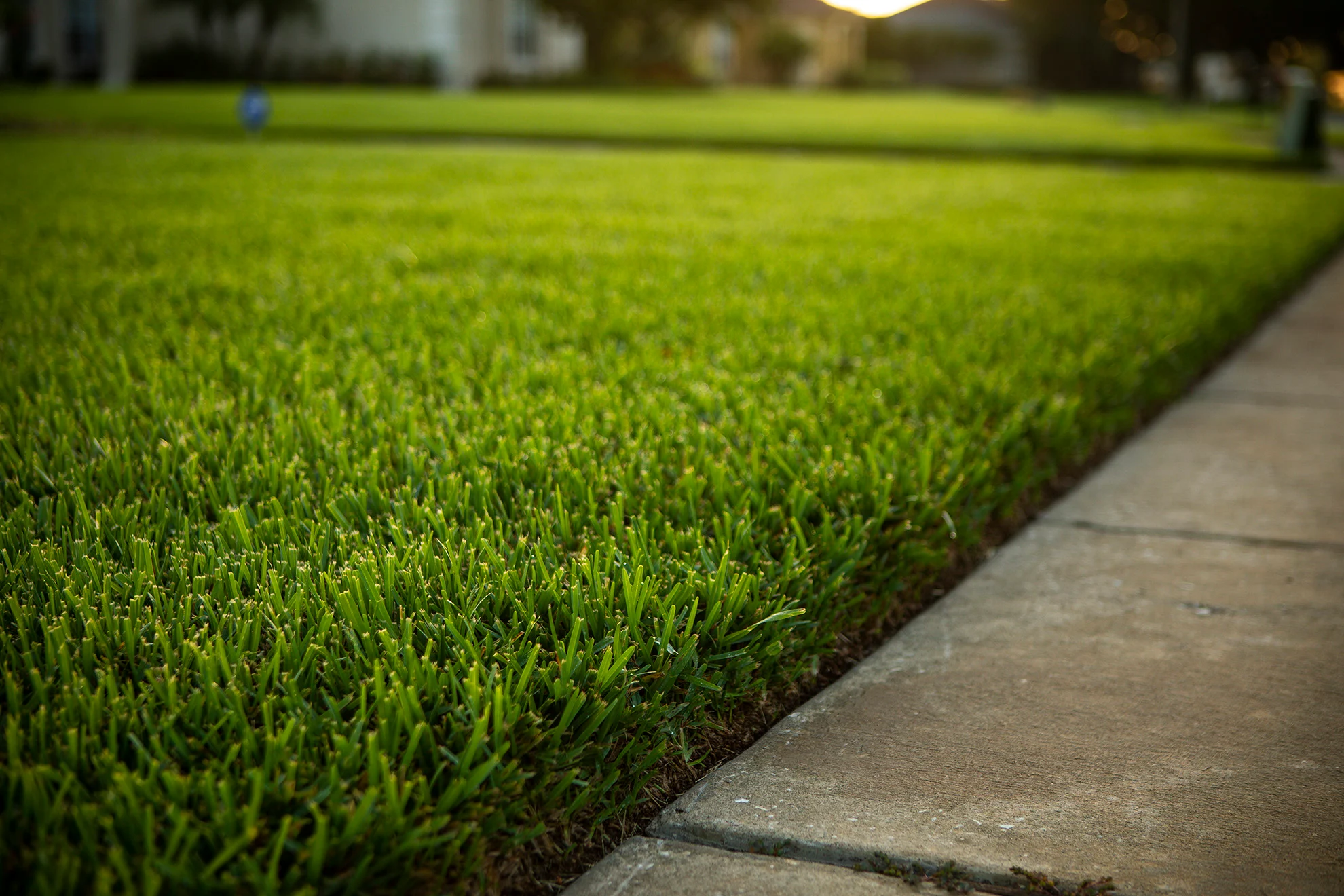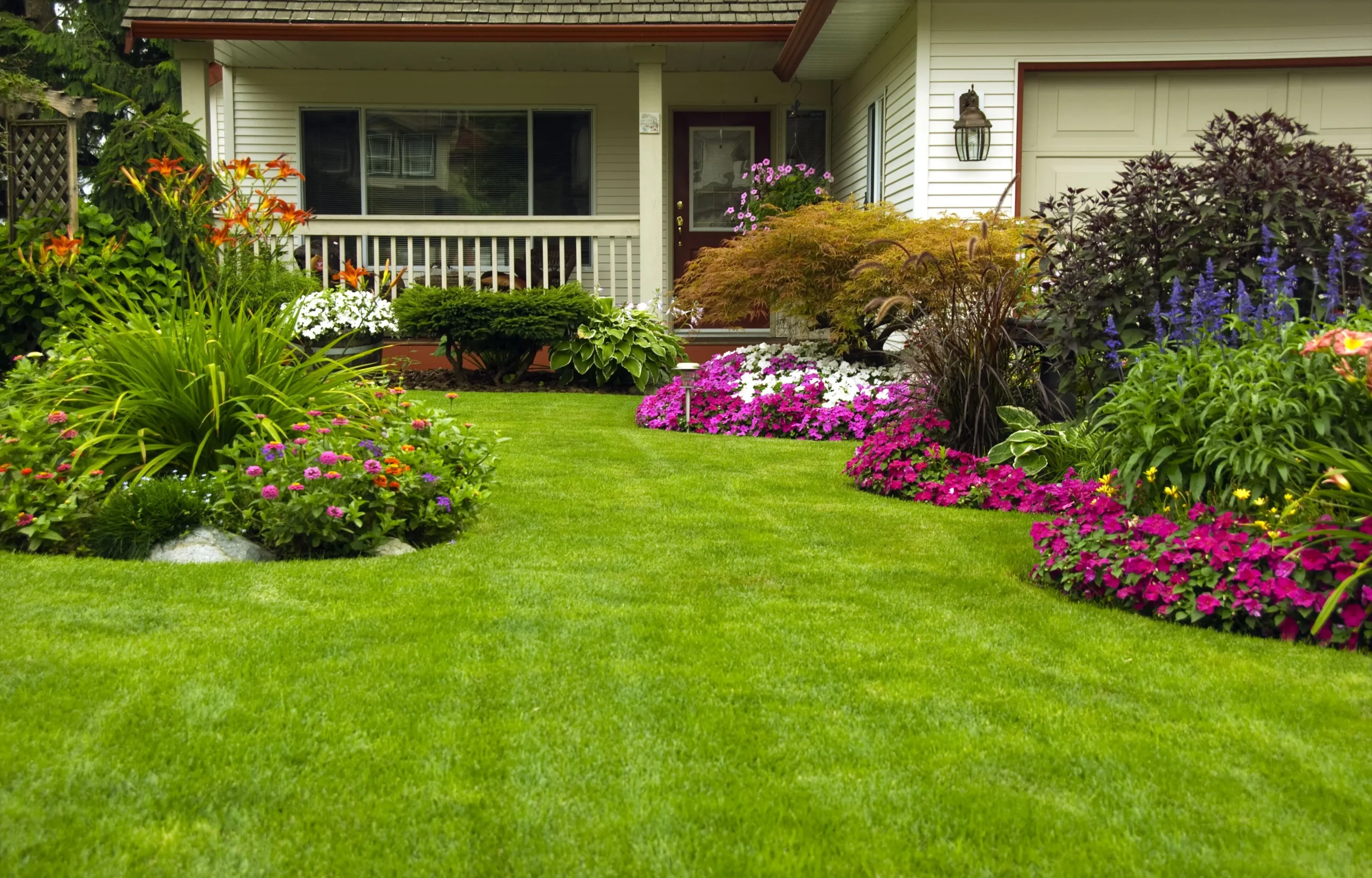White sage is a cherished plant known for its aromatic leaves and spiritual significance. If you’re in Florida and wondering, “Where can I grow white sage?” you’re not alone. White sage is typically associated with the arid climates of the West, but with some knowledge and effort, you can cultivate this plant in Florida too. This guide will walk you through everything you need to know about growing white sage in the Sunshine State.
Understanding White Sage
White sage, scientifically named Salvia apiana, is native to the southwestern United States and Mexico. It’s famous for its use in smudging ceremonies and its lovely, silvery-green leaves that emit a pleasant fragrance when burned. The plant is well-adapted to dry, rocky soils and plenty of sunlight. But don’t worry if you’re in Florida’s humid climate; you can still grow white sage successfully with the right care. Also read Where Can I Grow White Sage in Florida A Comprehensive Guide
Assessing Your Growing Environment
Before planting white sage, it’s essential to understand Florida’s climate and soil conditions. Florida’s weather is predominantly hot and humid, which contrasts with the dry conditions white sage prefers. However, with a bit of adjustment, you can create an environment that will help your sage thrive.
Climate Considerations
Florida’s climate varies from the subtropical regions in the north to tropical conditions in the south. White sage requires plenty of sunlight, so choose a spot in your garden that gets full sun, ideally 6-8 hours a day. While white sage is hardy and can tolerate a range of temperatures, it prefers cooler winters, so in southern Florida, it might need some protection from extreme heat and humidity.
Soil Requirements
White sage thrives in well-drained soil. The heavy, clay soils common in many parts of Florida can retain too much moisture, which isn’t ideal for white sage. To improve drainage, mix sand or perlite into your garden soil. A raised bed or container gardening might also be a good option to ensure proper drainage and soil aeration.
Preparing to Grow White Sage
Growing white sage involves more than just planting seeds. Here’s how you can prepare your garden or containers to ensure the best results.
Choosing the Right Location
Select a sunny spot in your garden where white sage can receive full sun. If you’re using containers, place them in a sunny area of your patio or yard. Make sure the location has good air circulation to help prevent any potential fungal issues.
Soil Preparation
White sage needs well-draining soil to prevent root rot. If you’re working with garden beds, mix in some coarse sand or perlite to improve drainage. For container gardening, use a high-quality potting mix designed for succulents or cacti, which will provide excellent drainage.
Planting White Sage
Once you’ve prepared your site, it’s time to plant. Here’s how you can get started.
Starting from Seeds
White sage can be grown from seeds, but it requires patience as germination can take several weeks. Start by sowing seeds in a seed tray or small pots filled with a well-draining seed-starting mix. Lightly press the seeds into the soil but don’t cover them, as they need light to germinate. Keep the soil moist but not waterlogged and place the tray in a warm, sunny spot.
Transplanting Seedlings
When your seedlings have grown strong and have a few sets of leaves, they’re ready to be transplanted. If you’re growing them in a garden bed, space them about 18 inches apart to give them room to grow. In containers, choose pots that are at least 12 inches in diameter to accommodate their root system.
Caring for White Sage
Once planted, white sage needs regular care to ensure healthy growth. Here’s how to keep your sage thriving in Florida’s climate.
Watering
White sage is drought-tolerant and doesn’t require frequent watering. Allow the soil to dry out between waterings to prevent root rot. During Florida’s rainy season, you might need to adjust your watering schedule to avoid overwatering.
Fertilizing
White sage generally doesn’t need a lot of fertilization. If you’re growing it in nutrient-poor soil, a light feeding with a balanced, water-soluble fertilizer once or twice a year should be sufficient. Avoid over-fertilizing, as this can lead to excessive foliage growth at the expense of the aromatic oils.
Pruning and Maintenance
Regular pruning helps keep your white sage plant healthy and encourages bushier growth. Remove any dead or damaged leaves to prevent fungal infections. If your plant becomes leggy, trim it back to promote a fuller shape.
Protecting White Sage from Pests and Diseases
Florida’s warm, humid conditions can sometimes lead to pest and disease issues. Here’s how to protect your white sage.
Common Pests
Watch for common pests like aphids, spider mites, and whiteflies. If you notice any pests, treat them promptly with insecticidal soap or neem oil. Regularly inspect your plants for signs of infestation.
Fungal Diseases
Humidity can lead to fungal diseases such as powdery mildew. Ensure good air circulation around your plants and avoid overhead watering to reduce the risk. If you spot mildew, remove affected leaves and treat the plant with a fungicide if necessary.
Harvesting and Using White Sage
Once your white sage plant is established, you can begin harvesting its leaves. Harvesting is usually done in late summer or early fall when the plant is at its peak.
How to Harvest
To harvest white sage, simply snip off the leaves or stems with clean, sharp scissors. Avoid removing more than one-third of the plant at a time to ensure it continues to grow well. You can use the leaves fresh or dry them for later use.
Uses for White Sage
White sage leaves are often used in smudging ceremonies to cleanse spaces and promote healing. You can also use them to make herbal teas or as a fragrant addition to potpourri. The leaves can be dried and bundled to create smudge sticks.
Troubleshooting Common Issues
Even with the best care, you might encounter some challenges while growing white sage. Here’s how to troubleshoot common issues.
Leaf Drop
If your white sage plant is dropping leaves, it might be a sign of overwatering or poor drainage. Check the soil moisture and ensure that water is not pooling around the roots. Adjust your watering practices and improve soil drainage if needed.
Leggy Growth
Leggy growth can occur if the plant isn’t getting enough sunlight. Ensure your white sage is receiving at least 6-8 hours of direct sunlight daily. If it’s in a container, consider moving it to a sunnier location.
Conclusion
Growing white sage in Florida can be a rewarding endeavor with a bit of preparation and care. By understanding the plant’s needs and adapting your gardening practices to suit Florida’s climate, you can successfully cultivate this beautiful and useful herb. Whether you’re interested in its spiritual uses or simply enjoy its aromatic leaves, growing white sage can be a fulfilling addition to your garden. So, if you’ve been asking yourself, “Where can I grow white sage in Florida?” now you have the knowledge to get started and create a thriving white sage garden. Happy gardening!





